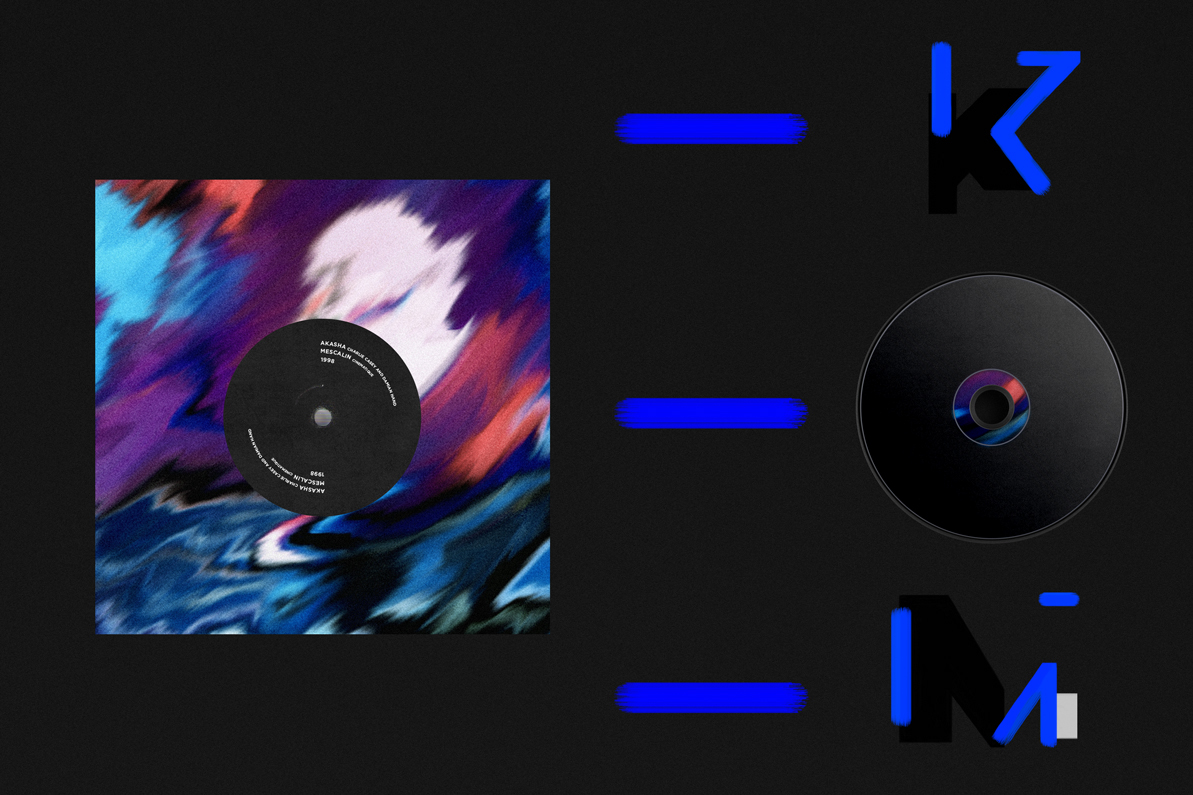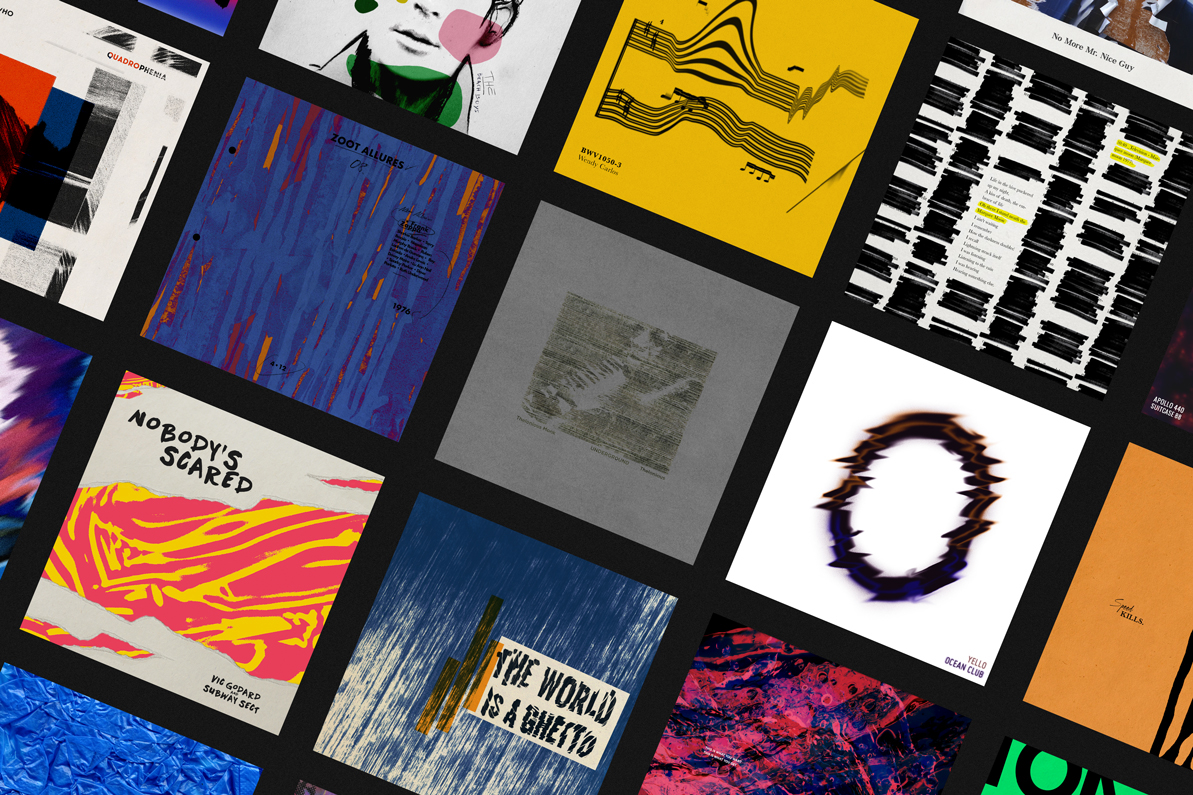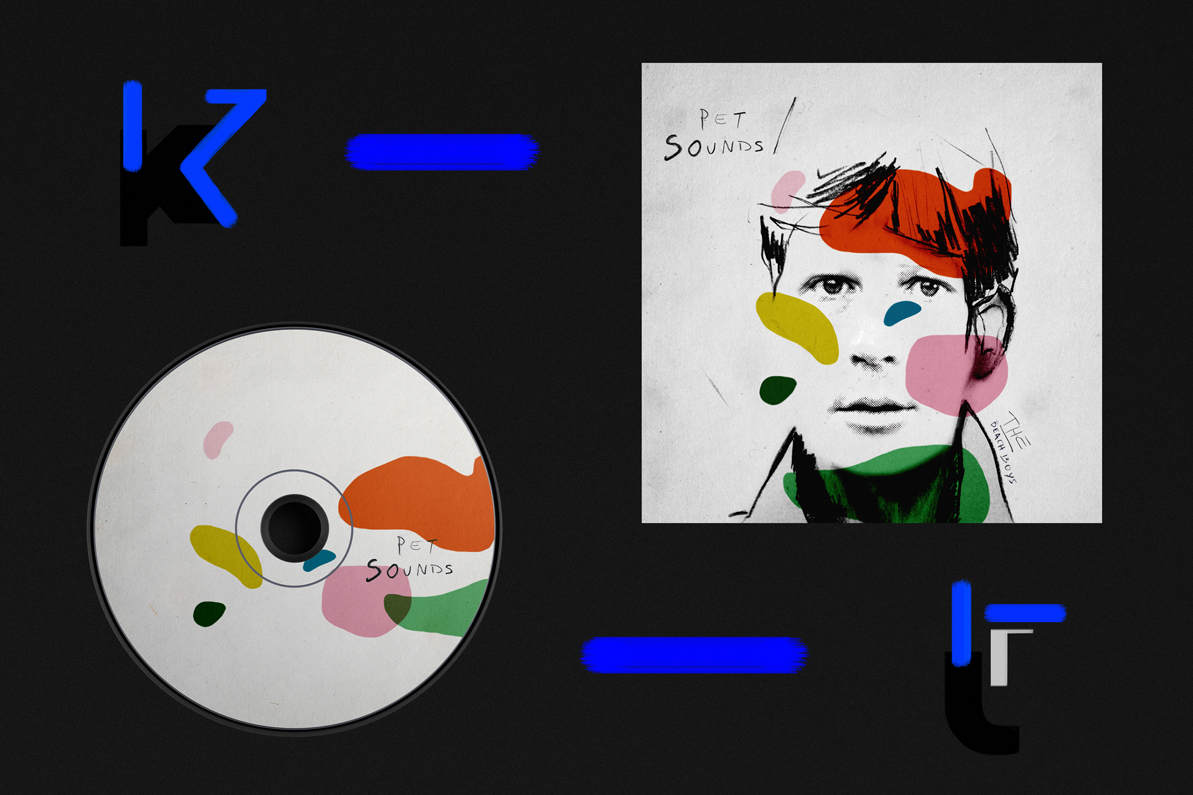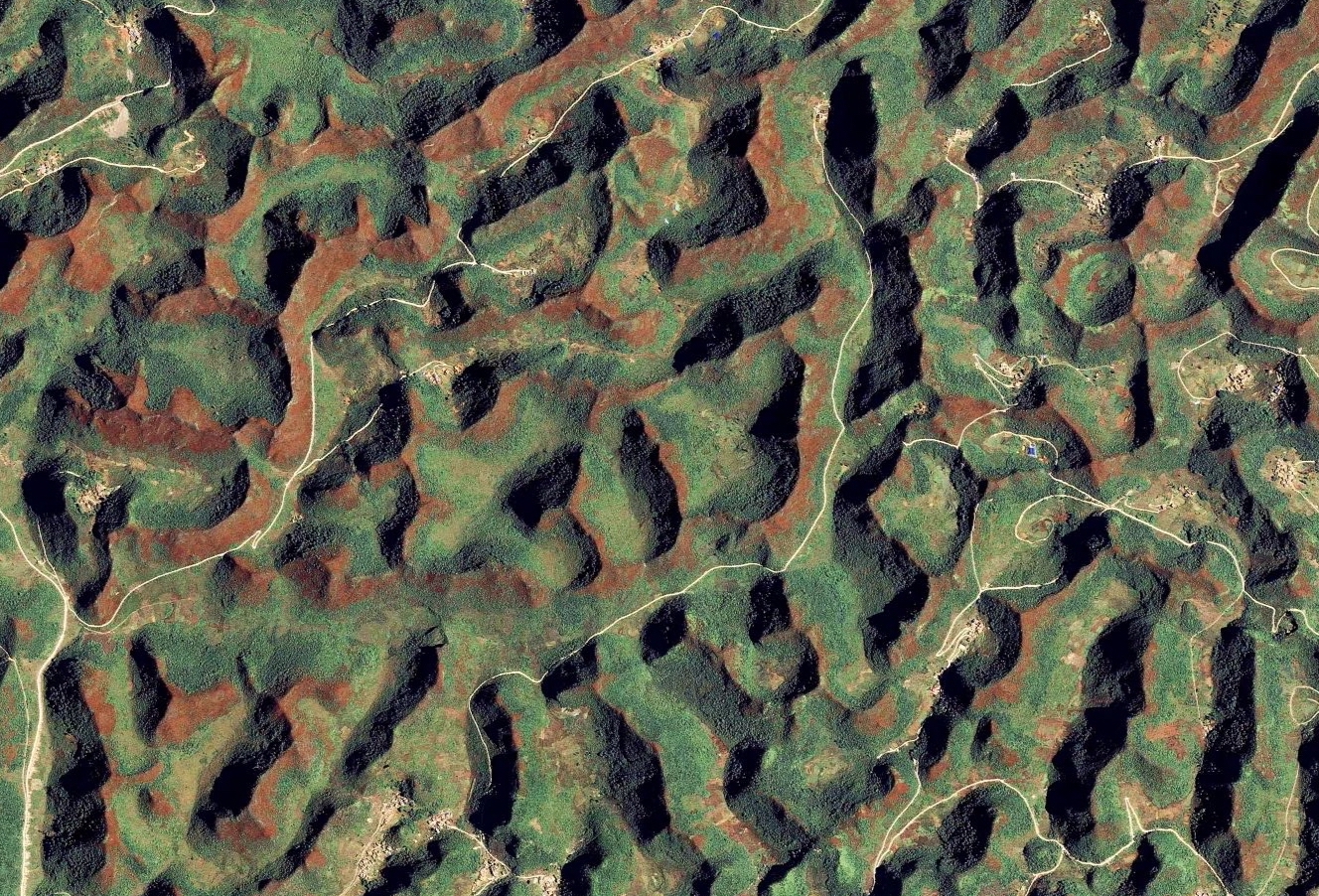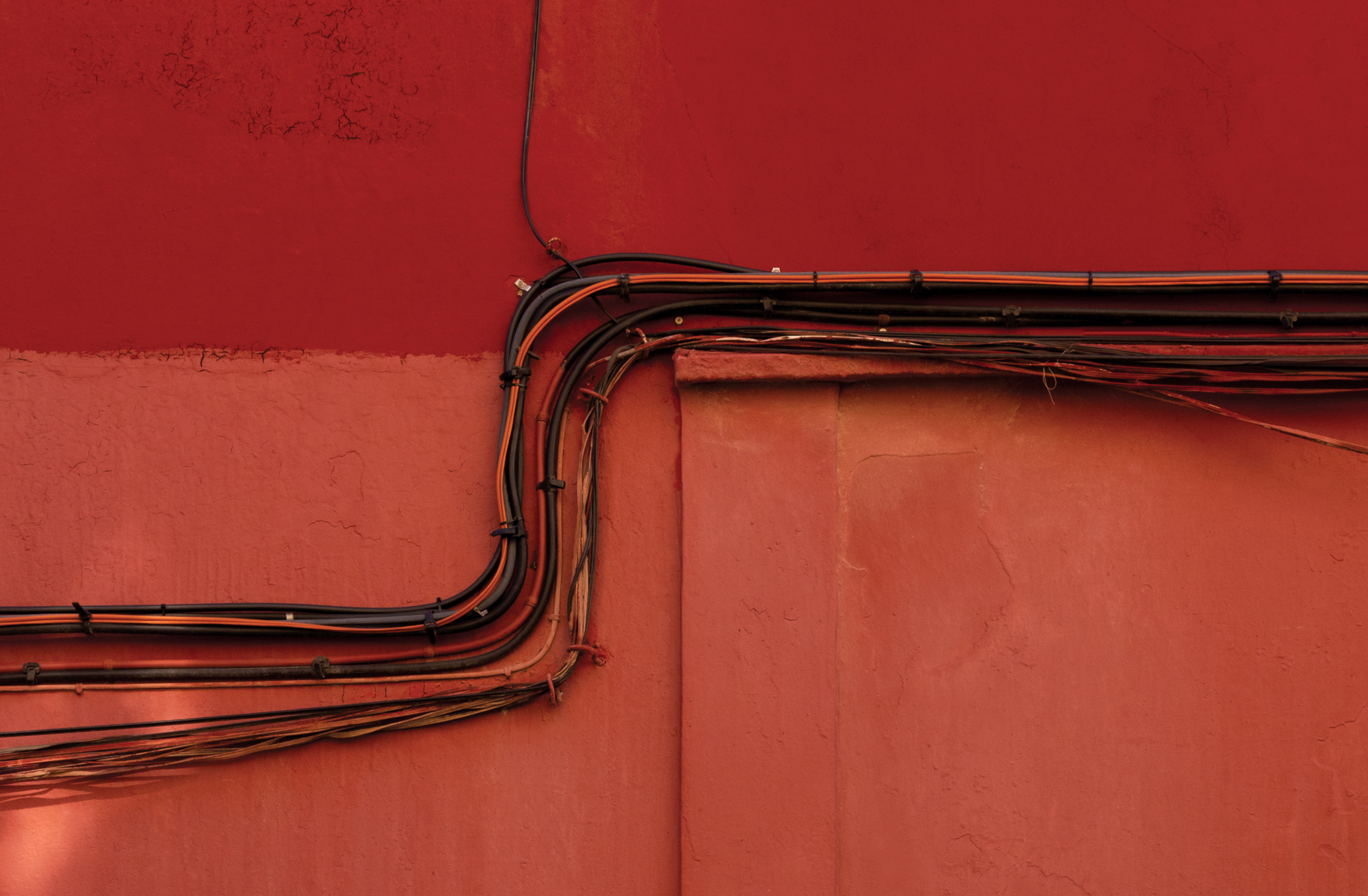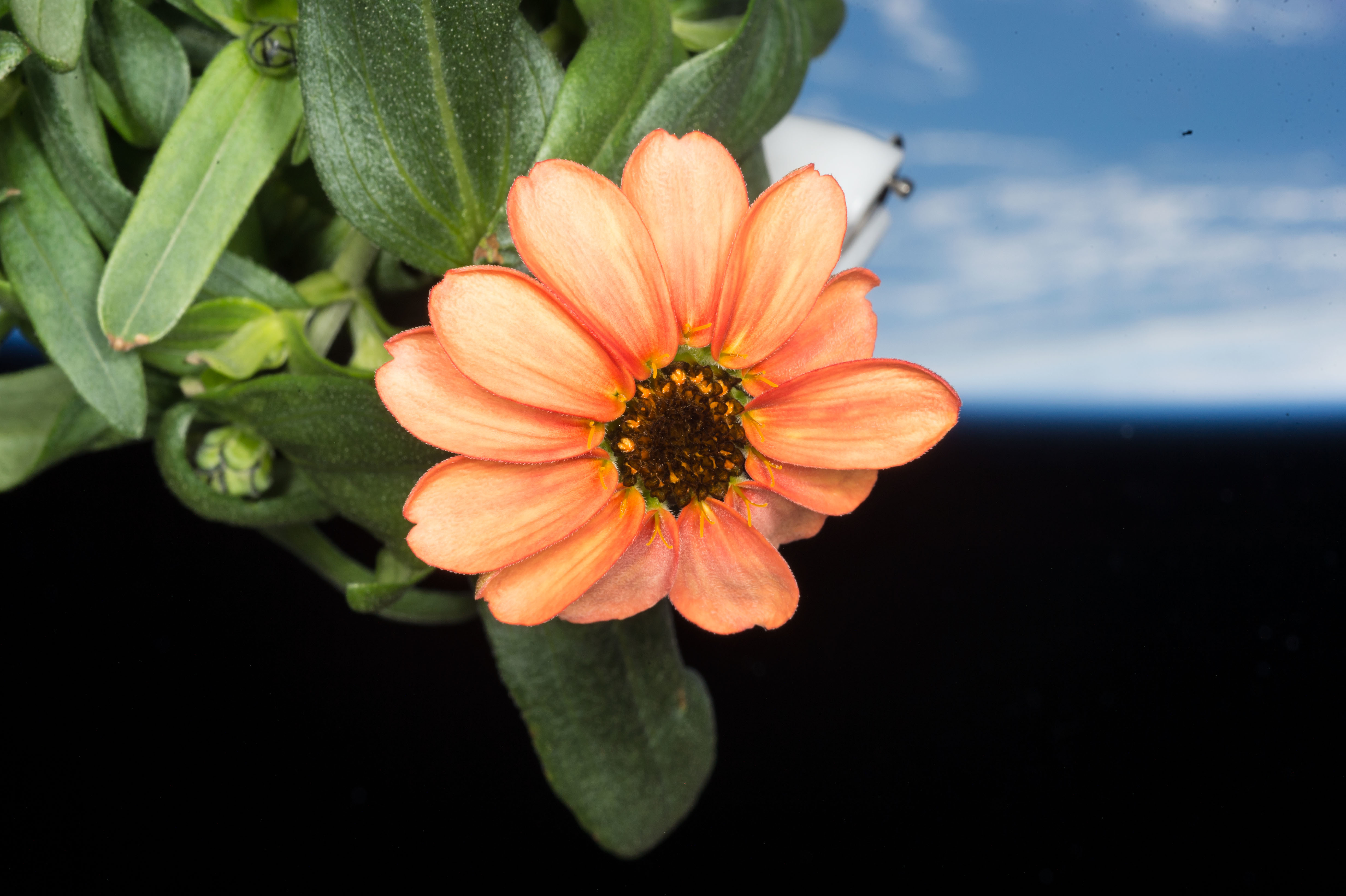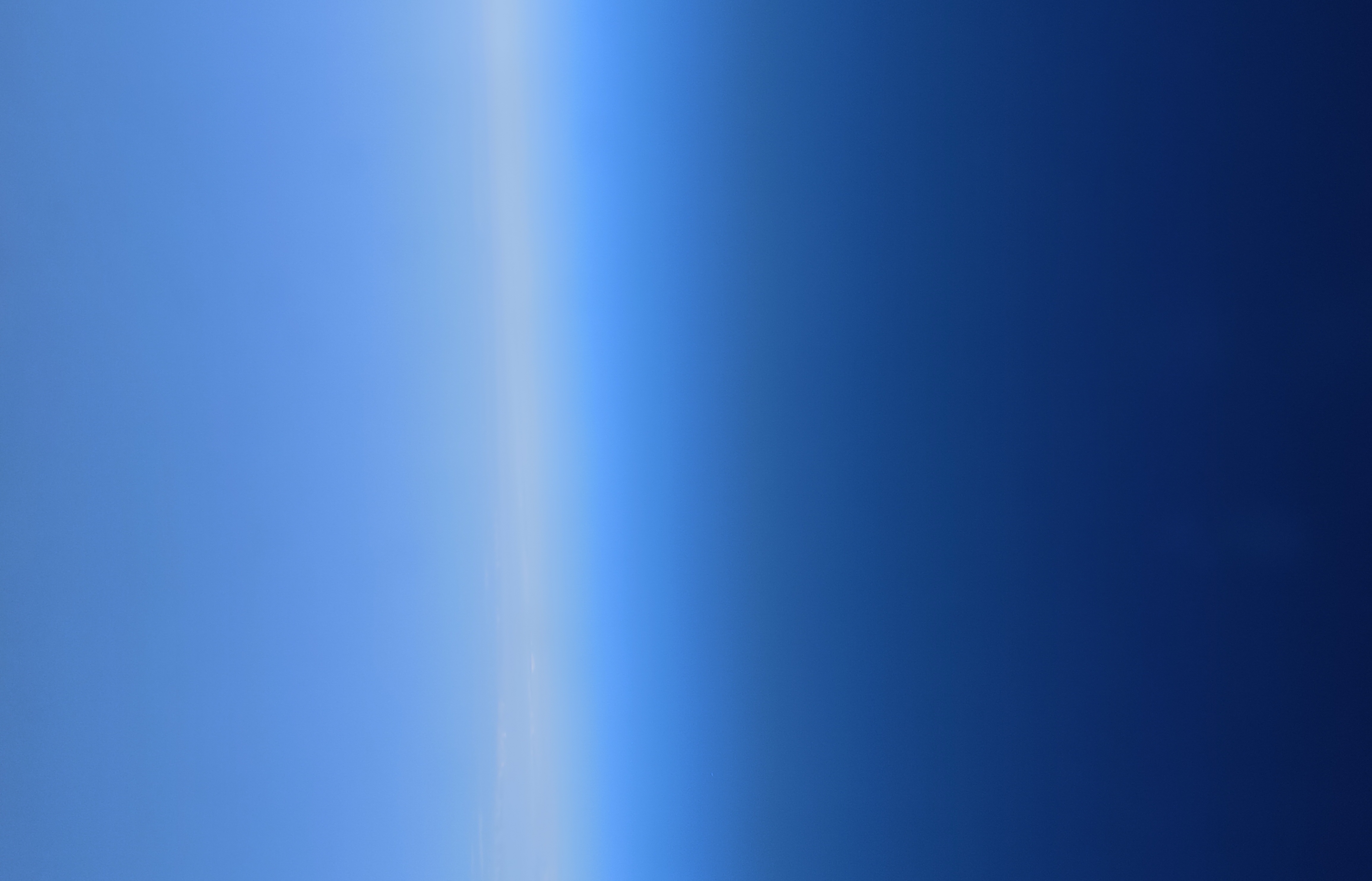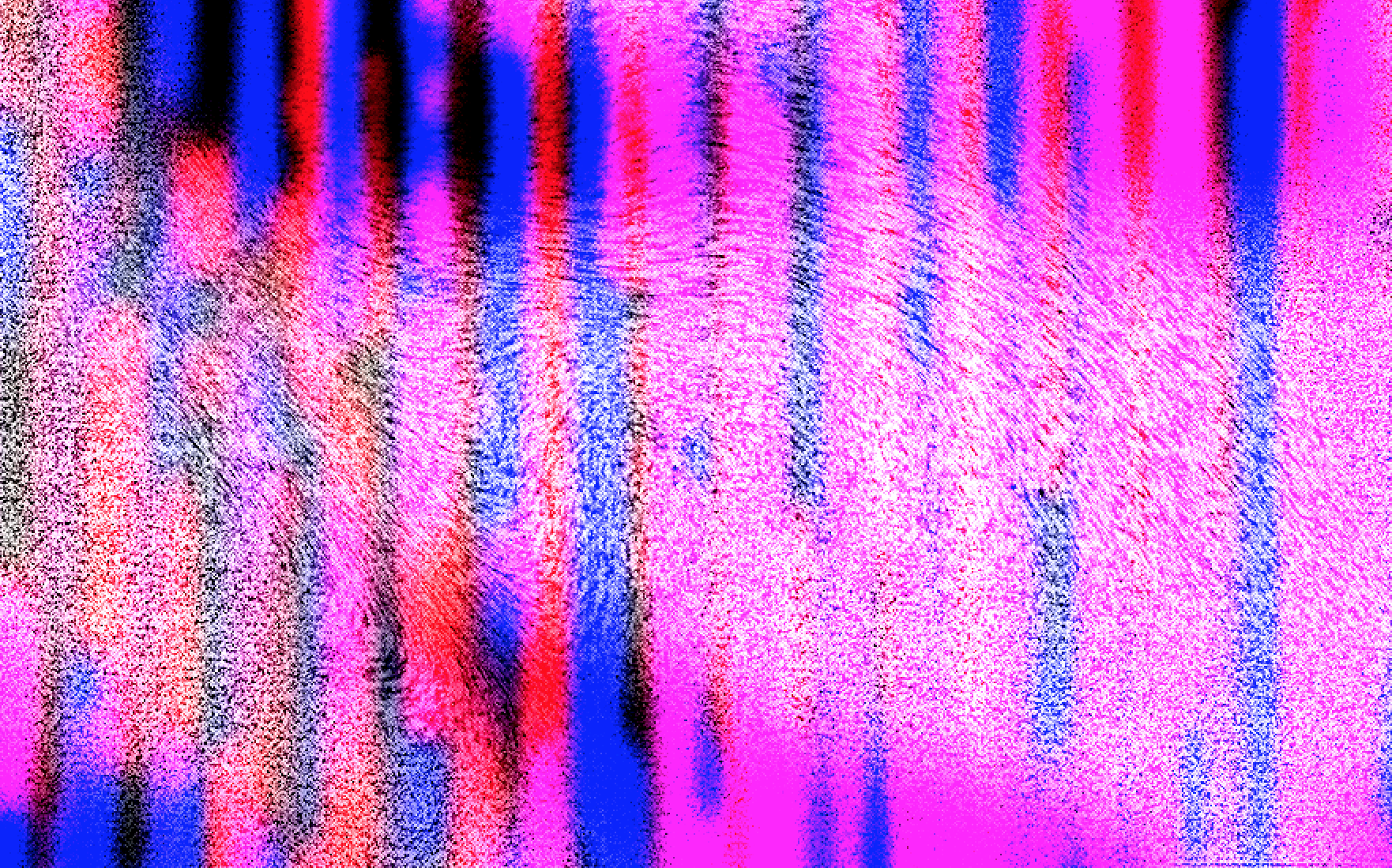Laboratory of Observation
& Research
—
Chemical Interplay
of Science & Art
NeurAstra.xyz is the format in which the fundamental building blocks of matter that constitute our planet bond together through the chemical interplay of science and art.

NoFi
—Studio of Synesthesia
collection: GRAPHIC EXPERIMENTS
areas: music/neuroscience
—
by: NeurAstra & NoFi Music
/Les Nouveaux Cosmiques
SYSTEM: (S01) Blue Dot/White Tangerine
—
exhibition: finished
venue: Grenoble/Lyon/Paris, France
release: 2016/2017
—
—Studio of Synesthesia
collection: GRAPHIC EXPERIMENTS
areas: music/neuroscience
—
by: NeurAstra & NoFi Music
/Les Nouveaux Cosmiques
SYSTEM: (S01) Blue Dot/White Tangerine
—
exhibition: finished
venue: Grenoble/Lyon/Paris, France
release: 2016/2017
—
“Music does not limit itself to the world of sound. There exists a music of the visual world.”
— Oskar Fischinger
A sound is suddenly a shape, a harmony is a colour; there are no rules with synesthesia, only experiences. This project embodies the concept of NoFi music, where traditional visual fidelity is deliberately set aside to explore abstract interpretations. This collection of artworks was driven by the music sensation, the brushes’ inspiration, and, of course, there was almost no visual fidelity to the original visual identity of the tracks selected here; this is NoFi music.
The series draws inspiration from synesthesia, a neurological condition where stimulation of one sensory pathway leads to automatic, involuntary experiences in another. In the case of musical synesthesia, the auditory stimulus (music or sounds) triggers a visual experience. Chromesthesia is the most common form of musical synesthesia. Colours can be seen when listening to music or specific sounds. Different notes, pitches, or instruments might even be associated with different colour nuances. With spatial sequence synesthesia, music can be perceived as shapes, forms, or patterns in space. Also, instead of or in addition to colours, some synesthetes might experience textures or forms. For example, a piece of music might evoke a sensation of smoothness, roughness, or specific three-dimensional forms.
NoFi was conducted as an experiment involving one synesthete and ten non-synesthetes to explore how famous tracks, from The Who to Grace Jones, could be visually interpreted. This exploration utilised a diverse array of materials—from traditional pens, brushes, and collages to advanced digital tools like Photoshop. The goal was to create varied textures and complex visual effects that capture the essence of the music in a new, abstract form.
Once the visual textures and effects were prepared, they were proposed as potential covers for compact disc albums. This process aimed to translate the synesthetic experience into visual art, showcasing how different individuals perceive and represent music. The artistic vision behind NoFi was to explore how scientific phenomena like synesthesia can inspire creative expression.
Discover the full collection to see how music has been reimagined through the lenses of both synesthetes and non-synesthetes here. Each artwork serves as a testament to the dynamic and multifaceted nature of how we experience and visualise music.
— Oskar Fischinger
A sound is suddenly a shape, a harmony is a colour; there are no rules with synesthesia, only experiences. This project embodies the concept of NoFi music, where traditional visual fidelity is deliberately set aside to explore abstract interpretations. This collection of artworks was driven by the music sensation, the brushes’ inspiration, and, of course, there was almost no visual fidelity to the original visual identity of the tracks selected here; this is NoFi music.
The series draws inspiration from synesthesia, a neurological condition where stimulation of one sensory pathway leads to automatic, involuntary experiences in another. In the case of musical synesthesia, the auditory stimulus (music or sounds) triggers a visual experience. Chromesthesia is the most common form of musical synesthesia. Colours can be seen when listening to music or specific sounds. Different notes, pitches, or instruments might even be associated with different colour nuances. With spatial sequence synesthesia, music can be perceived as shapes, forms, or patterns in space. Also, instead of or in addition to colours, some synesthetes might experience textures or forms. For example, a piece of music might evoke a sensation of smoothness, roughness, or specific three-dimensional forms.
NoFi was conducted as an experiment involving one synesthete and ten non-synesthetes to explore how famous tracks, from The Who to Grace Jones, could be visually interpreted. This exploration utilised a diverse array of materials—from traditional pens, brushes, and collages to advanced digital tools like Photoshop. The goal was to create varied textures and complex visual effects that capture the essence of the music in a new, abstract form.
Once the visual textures and effects were prepared, they were proposed as potential covers for compact disc albums. This process aimed to translate the synesthetic experience into visual art, showcasing how different individuals perceive and represent music. The artistic vision behind NoFi was to explore how scientific phenomena like synesthesia can inspire creative expression.
Discover the full collection to see how music has been reimagined through the lenses of both synesthetes and non-synesthetes here. Each artwork serves as a testament to the dynamic and multifaceted nature of how we experience and visualise music.
OVERVIEW

